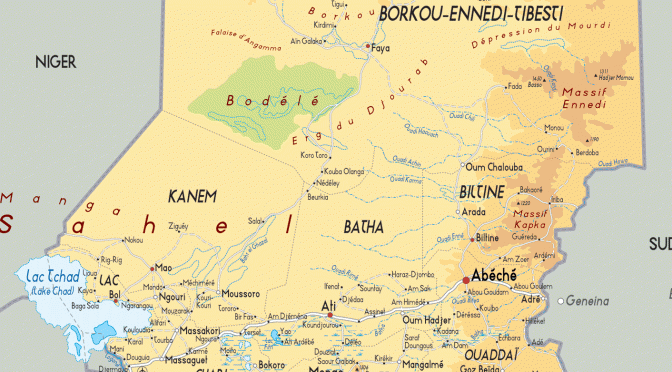Wind power has emerged as a viable alternative energy source in many parts of the world, and Chad, a landlocked country in north-central Africa, is no exception. With a growing population and increasing demand for electricity, Chad’s government is looking for ways to diversify its energy mix and reduce its dependence on fossil fuels. One of the most promising options is harnessing the power of the wind, which has the potential to provide a clean, renewable, and sustainable source of energy for the country.
Chad’s geographical location and topography make it an ideal candidate for wind power generation. The country’s vast and mostly flat terrain, coupled with its position in the Sahel region, creates a favorable environment for strong and consistent winds. In fact, wind speeds in Chad can reach up to 7 meters per second, which is considered suitable for wind power generation. Additionally, the country’s low population density means that there is ample space for the construction of wind farms without displacing communities or disrupting local ecosystems.
The benefits of harnessing wind power in Chad are numerous. Firstly, wind energy is a clean and renewable source of power, which means that it does not produce harmful greenhouse gas emissions or contribute to climate change. This is particularly important for Chad, which is already experiencing the effects of climate change in the form of desertification, drought, and shrinking water resources. By investing in wind power, Chad can help to mitigate the impacts of climate change and reduce its carbon footprint.
Secondly, wind power has the potential to significantly reduce Chad’s reliance on fossil fuels, which currently account for the majority of its energy production. This is not only beneficial from an environmental standpoint but also from an economic one. Fossil fuels are a finite resource, and their prices are subject to fluctuations in the global market. By diversifying its energy mix and investing in renewable sources like wind power, Chad can reduce its vulnerability to price shocks and ensure a more stable and secure energy supply for its population.
Thirdly, the development of wind power in Chad can create much-needed jobs and stimulate economic growth. The construction, operation, and maintenance of wind farms require skilled labor, which can provide employment opportunities for local communities. Moreover, the development of a domestic wind power industry can help to build local expertise and capacity in the renewable energy sector, which can be leveraged for future projects and investments.
Despite its potential, the harnessing of wind power in Chad faces several challenges. One of the main obstacles is the lack of a supportive policy and regulatory framework for renewable energy development. To address this issue, the government of Chad has recently launched a new national energy strategy, which aims to increase the share of renewable energy in the country’s energy mix to 10% by 2030. This strategy includes specific targets for wind power development and provides a roadmap for the creation of a conducive environment for private sector investment in the sector.
Another challenge is the high upfront cost of wind power projects, which can be a barrier to entry for investors. However, the falling costs of wind power technology, coupled with the availability of international financing and support, can help to make these projects more economically viable.
In conclusion, harnessing wind power in Chad presents a promising opportunity for the country to diversify its energy mix, reduce its dependence on fossil fuels, and contribute to global efforts to combat climate change. By overcoming the challenges and seizing the potential of this renewable energy source, Chad can secure a more sustainable and prosperous future for its people.


